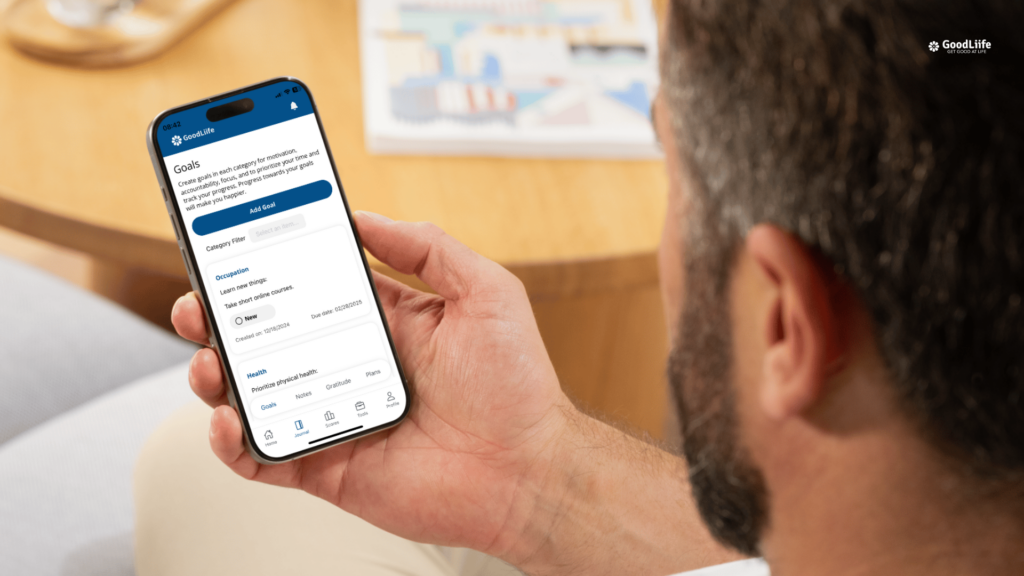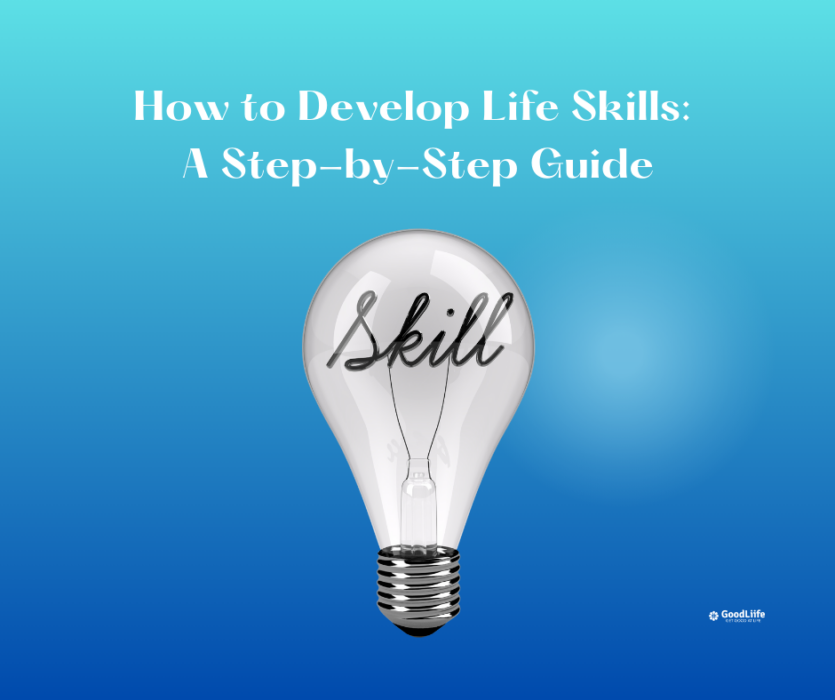Life skills are the foundation of personal success. Whether it’s managing your time, expressing your emotions, handling money, or building better relationships, these skills influence how you navigate challenges and opportunities every day. The good news? Life skills aren’t something you’re born with—they’re learned, practiced, and refined over time.
If you’ve ever wondered how to develop life skills, this guide will walk you through a simple, powerful process to create habits and mindset shifts that lead to real, lasting change.
What Are Life Skills?
Life skills are practical abilities that help you effectively handle everyday tasks and life challenges. These include:
- Communication and relationship skills
- Emotional regulation and mindset control
- Financial management
- Time and productivity skills
- Health and wellness habits
- Problem-solving and decision-making
- Adaptability and resilience
These aren’t just “nice to have” skills—they’re essential for thriving in work, relationships, and personal well-being.
Step 1: Identify the Skills You Want to Improve
Start by choosing one or two areas where you want to grow. Are you often stressed? Time management might be the place to begin. Struggling in relationships? Focus on communication or emotional intelligence.
Use self-reflection or tools like the GoodLiife Score to assess your current strengths and gaps across different areas of life.
Step 2: Set Clear, Measurable Goals
Once you’ve identified a focus area, turn it into a specific goal. Instead of saying, “I want to be better at managing time,” say, “I will create and follow a weekly schedule for the next 30 days.”
Clear goals make it easier to measure progress and stay motivated.
Step 3: Break It Down Into Daily Habits
Small daily actions lead to big change. Break your goal into micro-habits that are easy to repeat. For example:
- Want to improve communication? Practice active listening during one conversation per day.
- Want better emotional control? Journal your feelings for five minutes each morning.
Consistency, not perfection, is the key.
Step 4: Learn From Trusted Resources
Invest time in learning. Read books, take online courses, listen to podcasts, or join a community that supports your growth. Surround yourself with information that reinforces your goal and keeps you inspired.

Step 5: Track Your Progress
Regular tracking helps you stay accountable and recognize improvement. Use a journal, app, or habit tracker to record what you’re doing—and how it’s helping.
Seeing progress, even in small increments, builds momentum.
Step 6: Reflect and Adjust
Every few weeks, reflect on what’s working and what’s not. Are your habits realistic? Are you facing unexpected roadblocks?
Be flexible and adjust your approach without giving up on the goal. Growth is rarely linear.
Step 7: Celebrate Your Wins
Acknowledge every milestone—big or small. Celebrating progress boosts motivation and reinforces the belief that change is possible. Even showing up consistently for a week is worth celebrating.
How the GoodLiife Score Can Help

The GoodLiife Score app is designed to make developing life skills easier and more structured. By helping you assess progress in 8 key life areas—like Mindset, Health, Career, and Money—it gives you a full picture of where you’re thriving and where you need growth.
You can set personal goals, take on daily challenges, and receive motivational tips that guide you step by step. Whether you’re focusing on building discipline, practicing gratitude, or improving your communication, GoodLiife Score keeps you accountable—and inspired.
Conclusion
Learning how to develop life skills isn’t about changing everything overnight—it’s about making small, intentional choices every day that add up to a better you. With a step-by-step plan, the right tools, and a mindset focused on growth, you can build the habits and confidence to handle anything life throws your way.
And with the GoodLiife Score by your side, you’ll always know where you stand, where you’re headed, and how to keep moving forward—one life skill at a time.

Leave a Reply